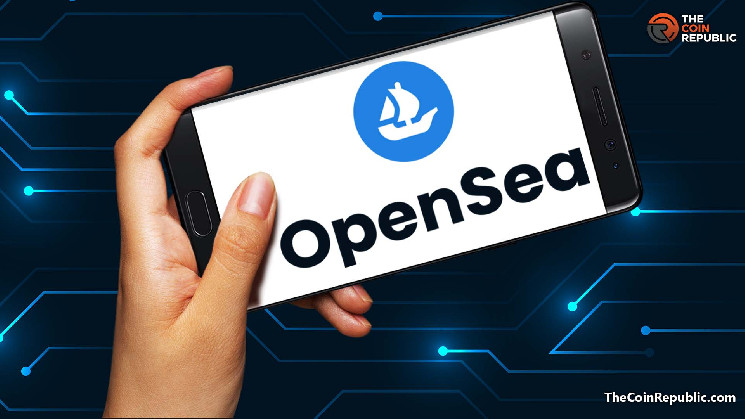- OpenSea, the largest NFT marketplace in the world, has made a bold move by eliminating all transaction fees for buyers and sellers on its platform.
- The move is intended to attract even more creators and collectors to the platform, which has already seen tremendous growth in the past year.
The decision
According to the OpenSea team, the decision to go zero fee was made in response to feedback from the community. The team recognized that transaction fees can be a barrier to entry for some creators and collectors, particularly those who are just starting out or who are dealing with smaller transactions.
By eliminating transaction fees, OpenSea is making it easier for creators to sell their work and for collectors to buy it. This could have a significant impact on the NFT market as a whole, as more creators and collectors are likely to participate in the ecosystem.
In addition to going zero fee, OpenSea has also made creator royalties optional. Previously, creators were automatically set up to receive a 2.5% royalty on any secondary sales of their NFTs. While this royalty system has been a boon for many creators, some have argued that it can also be a barrier to entry for collectors, who may be hesitant to purchase an NFT if they know they will have to pay a royalty every time they resell it.
By making creator royalties optional, OpenSea is giving creators more control over their work and allowing them to choose whether or not they want to receive royalties on secondary sales. This move could also make OpenSea more attractive to some creators who were hesitant to use the platform because of the royalty system.
Of course, there are some potential downsides to OpenSea’s decision to go zero fee and make creator royalties optional. For one thing, the platform will need to find other sources of revenue to support its operations. It’s possible that OpenSea could explore alternative revenue streams, such as premium features or advertising, in order to offset the loss of transaction fees.
Another concern is that eliminating transaction fees could lead to a flood of low-quality NFTs flooding the market. With no transaction fees to discourage creators from listing their work, there could be a surge in the number of NFTs available on OpenSea. While this could be good news for collectors looking for a wider selection of work, it could also make it harder to find high-quality NFTs amid the noise.
Conclusion
Despite these potential downsides, OpenSea’s decision to go zero fee and make creator royalties optional is a bold move that could have a significant impact on the NFT market. By making it easier for creators to sell their work and for collectors to buy it, OpenSea is helping to democratize the NFT ecosystem and make it more accessible to a wider range of people.
It remains to be seen how other NFT marketplaces will respond to OpenSea’s move. Some may follow suit and eliminate transaction fees in order to stay competitive, while others may double down on their fee structures in order to differentiate themselves from OpenSea. Either way, it’s clear that the NFT market is evolving rapidly, and platforms that are able to adapt and innovate will be the ones that thrive in the years to come.
 thecoinrepublic.com
thecoinrepublic.com
